In any HVAC (heating, ventilation, and air conditioning) system, dampers are used to regulate airflow inside the ducts. In some systems, manual dampers allow personnel to turn a handle on the outside of a duct. But if you have to regulate airflow on a constant basis, you’ll need automatic dampers with electric or pneumatic motors that can be controlled by a thermostat or building automation system.
Krishna Kumar
Manager, Product Design and Development
and
Amol Ridhore
Principal Engineer and Material Technologist
Portescap
When designing an external mount electric damper actuator for an HVAC system, keep in mind that not all miniature motors are the same. It’s important to review the various conditions that HVAC systems present and how they can be addressed in order to create the best motor-damper combination.
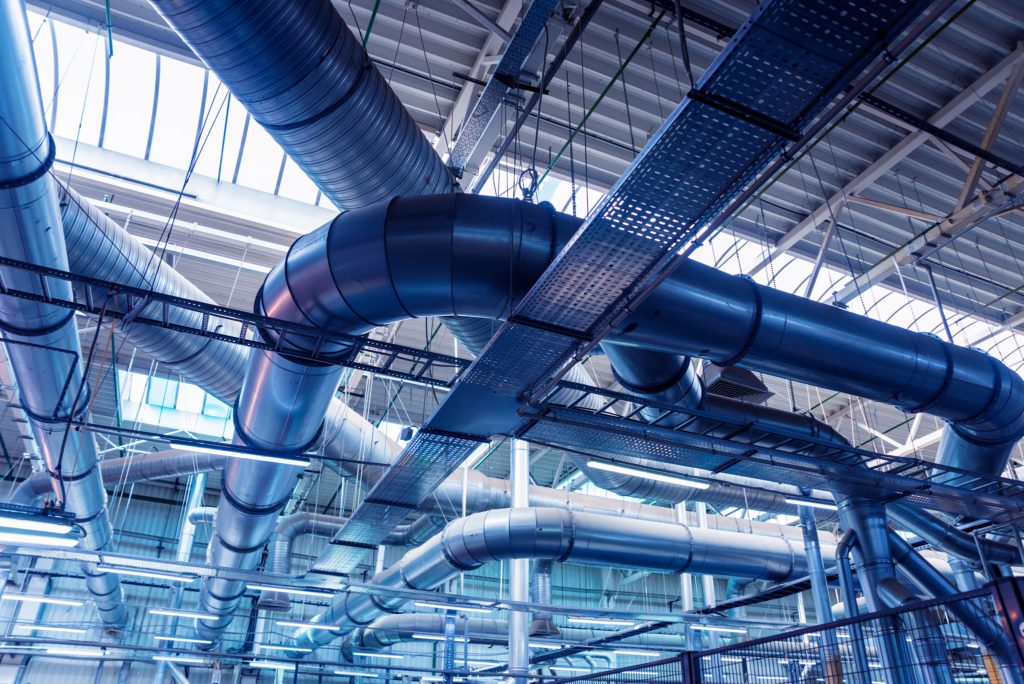
Electric damper rotary actuators typically fall into three categories:
- Spring return: With the help of a spring, the damper can return to the required closed or open position.
- Non-spring return: The damper holds its existing position when power is lost.
- Electronic fail-safe: Supercapacitors discharge stored energy to the motor, and the actuator is driven open or closed upon power loss.
Depending on how often they’re needed, damper actuators can be classified further: two-position control, or modulating for more precise control. For sporadic operation, two-position manual control is the best option. For frequent or daily operation, an automated electric damper with electric motors is ideal.
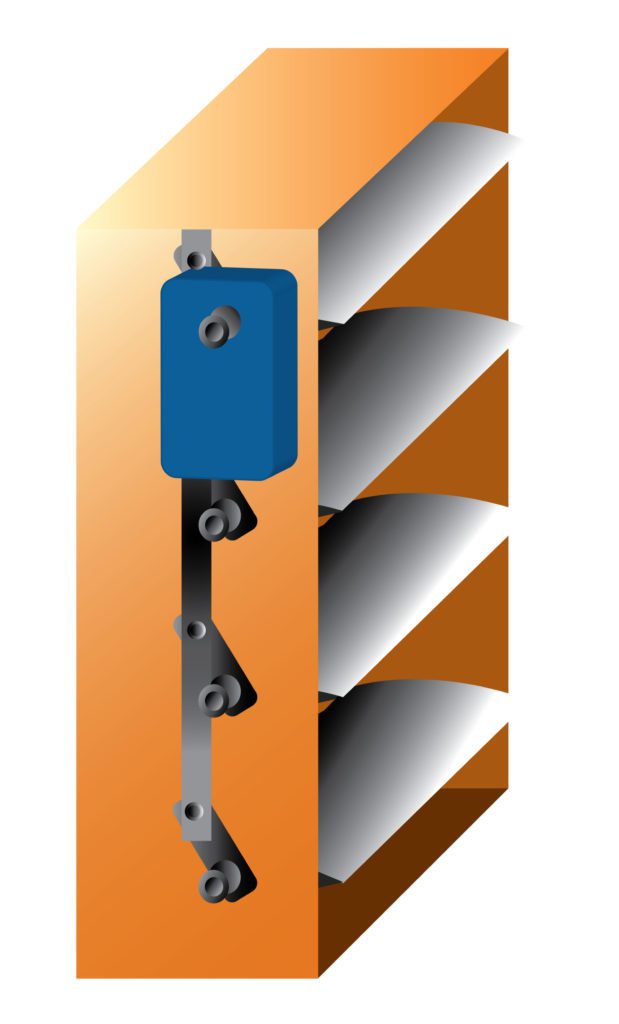
When evaluating a miniature motor to pair with an actuator, keep in mind that it may need to be customized. Ask yourself the following questions:
- How much torque and force must the motor-linear actuator combination deliver to hold the damper in position with the required control precision?
- Can the motor withstand temperature extremes?
- Can the motor components be customized to withstand HVAC cycles?
- Does the motor offer the position feedback required by the integrated damper?
Rotor design for extreme temperatures and cyclic load
For custom stepper motors used with damper actuators in HVAC applications, rotor design is critical. Within the damper actuator, the motor will start and stop under varying thermal conditions, putting additional thermo-mechanical stress on the rotor and other internal components. The nonlinear material used in rotors must have certain thermal properties — especially belonging to the coefficient of thermal expansion (CTE) — to operate reliably in extreme temperatures.
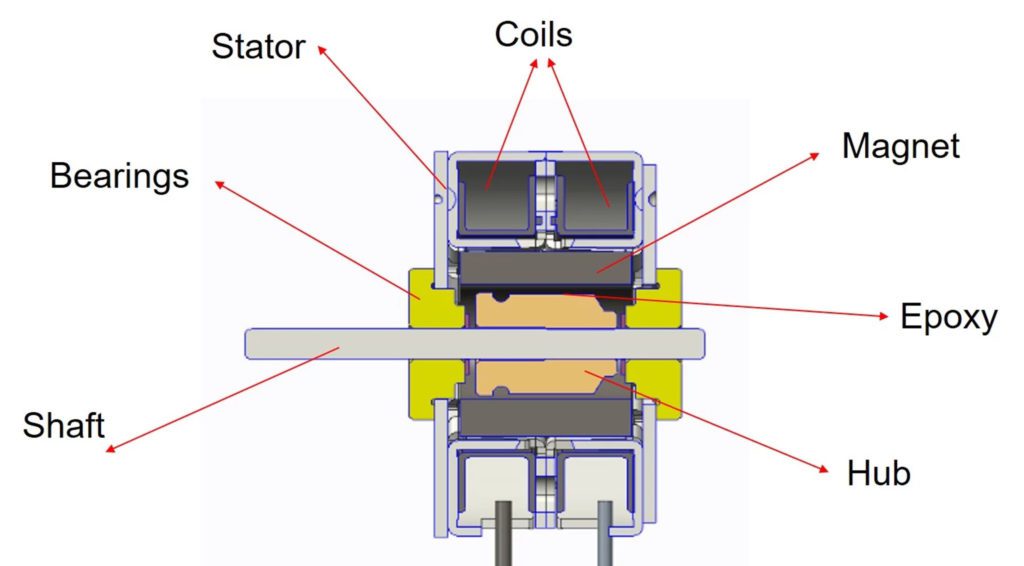
Choosing linear and nonlinear material-based assemblies can be challenging because the performance of nonlinear materials, like adhesives, depends on material chemistry and processing parameters. In addition, certain ceramic magnet grades makes the decision even more difficult.

Design validation through qualification testing
Be sure to validate your design by verifying its performance in the field under static environmental conditions like temperature and humidity or specific load conditions. The material scheme you chose already considers these conditions. However, their performance at dynamic conditions that could involve rapid temperature, humidity or sudden load changes, or combinations of multiple factors, must be validated via simulations or analytical testing to determine the motor’s long-term performance.
For example, at Portescap we validate rotor assemblies at accelerated temperatures and thermal shock conditions in environmental chambers and ovens to confirm that a rotor assembly will meet the application’s extreme requirements. We also conduct axial and torsion force tests to determine rotor mechanical strength at a specific temperature requirement, as well as accelerated life testing to predict a motor’s service life in its application under specific test conditions. The tests are performed under loaded and unloaded conditions depending on the application requirement.
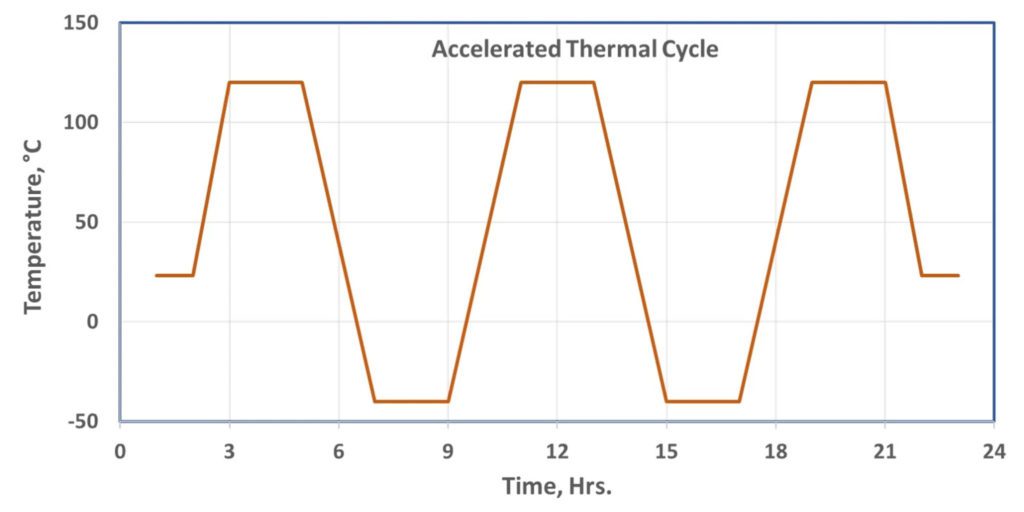
Custom, reliable stepper motors can suit your needs
Stepper motors represent a good technology choice for use in electrically operated dampers. They are more affordable than brushless DC motors, and typical HVAC damper applications do not need the latter’s superior variable speed capability.
The right stepper motor is critical to efficient airflow control in HVAC systems. That’s why you’ll need to choose from a wide variety of stepper motors with different configurations. Stepper motors offer the HVAC damper actuator market an attractive price-to-performance ratio, and Portescap provides custom stepper motors to ensure you meet your needs. Remember to bring your application requirements to your stepper motor partner so they can help you address them during the critical design and validation stages.

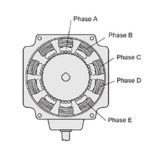
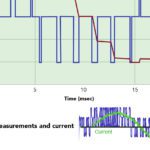
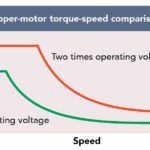
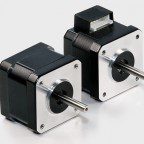
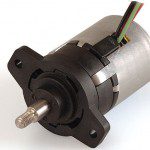

Leave a Reply
You must be logged in to post a comment.